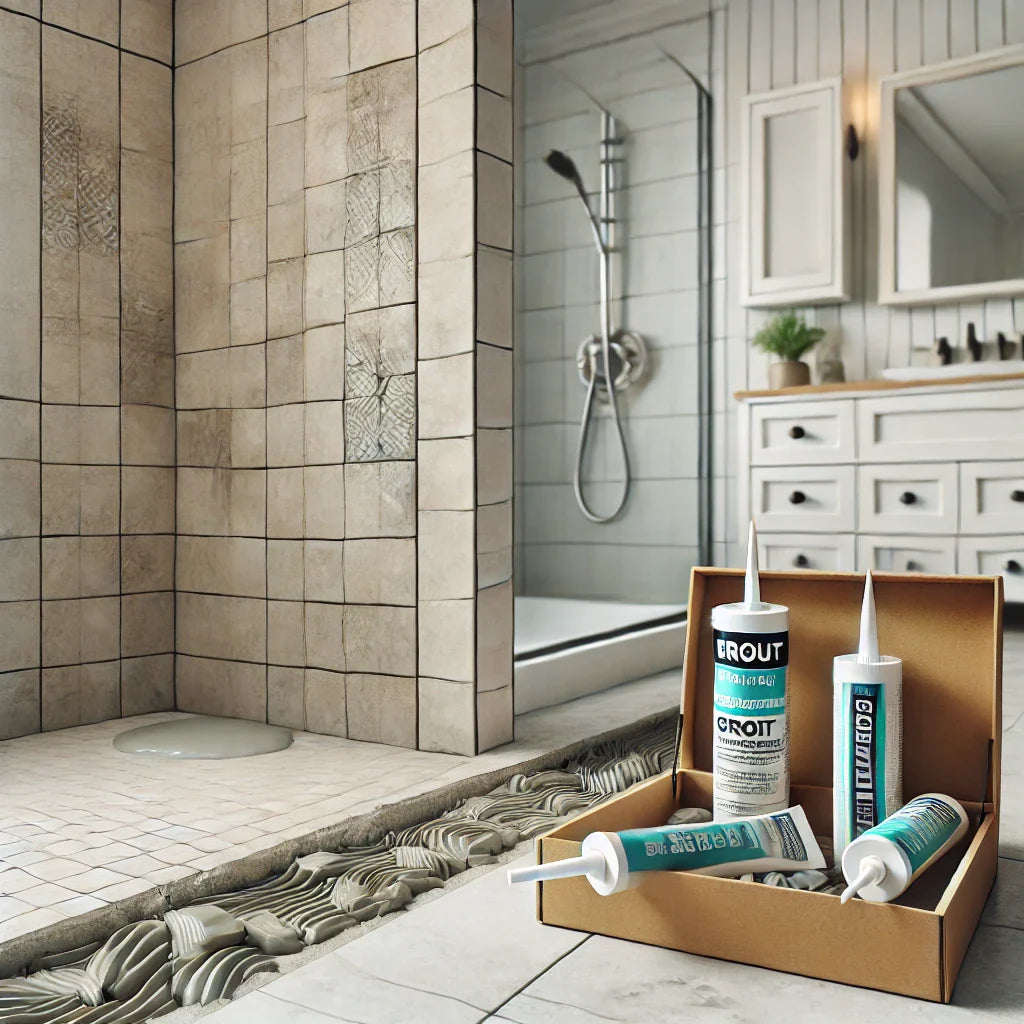
Guide to Sealing and Waterproofing Your Shower Area
Share
A properly sealed shower area is essential for preventing leaks, avoiding water damage, and ensuring a safe, comfortable bathroom. Visit our Sealing & Protection section to explore ways to enhance your shower's waterproofing. In this guide, we'll cover how to effectively waterproof your shower area by addressing tiles, grout, fixtures, and other potential weak points.
1. Why Shower Waterproofing and Sealing Matter
Waterproofing your shower isn’t just about avoiding leaks—it’s also key to protecting against mold, mildew, and structural damage. A well-sealed shower ensures that water stays within the shower space, reducing maintenance needs and prolonging the lifespan of your bathroom materials.
2. Key Areas to Seal in the Shower
Properly sealing each component of the shower, including tiles, grout, fixtures, and other weak points, ensures comprehensive waterproofing.
- Tile and Grout Sealing: Grout is naturally porous, making it vulnerable to water seepage. Applying a Grout sealer provides a protective barrier, keeping water out.
- Fixture Connections: Use silicone caulk around the edges of shower fixtures where they meet the wall. This ensures no water slips through gaps, particularly around valves and pipes.
- Shower Door and Frame: Sealing around the shower door frame prevents water from escaping onto the bathroom floor. Regularly inspect and reapply sealant as needed.
- Shower Pan and Floor Joints: Sealing the shower pan and the joints between the floor and walls adds an extra layer of protection to prevent water from penetrating below the surface.
3. Waterproofing Products and Techniques
Using high-quality waterproofing products ensures long-lasting protection for your shower area. Here are some recommended products and techniques:
- Grout Sealer: Apply a grout sealer with a brush or spray to fill grout lines and prevent moisture penetration. Reapply every few years for continued effectiveness.
- Silicone Caulk: For shower edges and fixtures, silicone caulk provides a flexible, waterproof seal. Choose a mold-resistant variety for added durability.
- Waterproofing Membranes: Installing a waterproof membrane beneath tiles and shower pans is essential in new builds or major remodels. These membranes prevent water from reaching underlying materials.
Waterproofing your shower area involves careful planning. Check out our guide to choosing the right sealant for more insights.
4. Tips for Long-Lasting Shower Seals
Follow these tips to maintain strong seals in your shower area:
- Apply Sealer Regularly: Reapply grout and tile sealer every 1-3 years to maintain their water-repelling properties.
- Check Caulk Annually: Inspect caulk around fixtures and shower edges yearly. Remove and reapply if you notice cracks or gaps.
- Clean with Care: Use non-abrasive cleaners to avoid damaging grout or caulk. Avoid harsh chemicals that could wear down the sealant.
Conclusion
Properly sealing your shower area protects your bathroom from leaks, mold, and damage. By using quality sealants on tiles, grout, and fixtures and maintaining these seals over time, you can enjoy a cleaner, safer, and longer-lasting shower.
